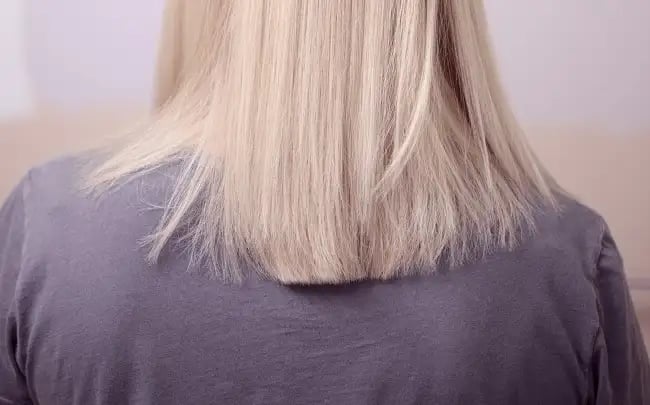CANSFORD LABS
5 ways to avoid a hair test: and why they won't work
on Apr 15, 2025
Shaving your head to avoid a hair drug test might seem extreme, but people do it. Spending a fortune on pills and potions that promise to eliminate all traces of drugs? People do that, too.
A quick search online will reveal all sorts of articles telling you how you can cheat a hair drug test - as well as (somewhat dubious) tales of how some have succeeded.
But which of these cheats work - and which don’t?
Here are the five most common methods people use to cheat the system and why in reality, they never work.
1. Wearing a wig
If you're not used to wearing a wig, it’s likely not custom-made to fit you and can be easily spotted. They often don't match the wearer's colouring or facial hair, and if not well secured, they can slip when tugged. Many wigs are also made from synthetic hair, which our machines can easily detect.
However, not all wigs are the same. A dedicated person might invest in a bespoke, professional wig made of human hair, which is harder to spot visually and will appear as real human hair to our testing equipment.
This is where our strict collection procedures come in. Our chain of custody requires someone familiar with the person being tested, like a lawyer or social worker, to be present during sample collection. If the person shows up with a drastically different haircut, they will notice and ask tough questions.
2. Shaving your hair off
While it’s true we can’t collect hair from a bald head, a freshly shaved head on the day of a drug test is more than a little suspect. What many people who do this don’t realise is that in the absence of head hair, we’ll simply test body hair instead. And because body hair grows at a slower rate than head hair, it can show a longer period of drug use. They’ve made their situation worse.
Those who do realise, sometimes take things one step further and remove all traces of follicular growth from their body. Not only is this painful and time-consuming, but it also sets off our suspicion radar even more.
In situations like these, we would choose to collect fingernail samples and there’s nothing to stop us from calling a subject in for a retest when their hair has grown back.
3. Bleaching hair to trick a hair test
It’s true that bleaching hair can remove toxins. Just one bleach can remove between 40% and 80% of the metabolites in a single sample by damaging the hair shaft. However, that still means that 20% to 60% of the metabolites are present and can be detected.
If hair is bleached regularly, it may be that no trace of drugs can be found - even if they have been used within the testing time frame. In this situation, we would again turn to either body hair or failing that, nail testing.

4. Swapping hair samples
We’ve heard tales of subjects attempting to steal samples once we’ve taken them and swap them out with those taken from drug-free friends and even their pet dogs.
From the moment our collector arrives to take the sample, our chain of custody kicks in. While the cutting of hair is a simple process, we adhere to an incredibly strict process when collecting, packaging and testing in our labs. In short, try swapping samples, and you’re guaranteed to fail.
5. Internet remedies
Online, you'll find many products claiming to remove drugs from hair by penetrating the hair shaft. However, there's no proof these "detox shampoos" work. Sellers exploit the fears of those awaiting hair tests, charging high prices for ineffective products. Buyers end up wasting money without changing their test results.
A Wiley research paper from late 2017 highlights positive user reviews of certain shampoos online - but also notes that some of those who passed after using such a product may simply have not used enough of the substance to be detected at its defined cut-off. Meanwhile, a further research paper reveals that a single treatment with one specific shampoo was not enough to reduce drug concentrations to below the cut-off.
Conclusion
The Internet is awash with stories of how individuals have successfully cheated a hair drug test. While most are likely fantasy, some may well be true - which just serves to demonstrate how vital it is to use a professional, fully accredited testing laboratory.
The chain of custody processes that the laboratory has in place should ensure that any attempts to cheat the sample collection itself are foiled. The expert interpretation of the results by the lab will take into consideration any change recognised in the hair’s appearance before the sample is taken.
The testing method itself also has a huge part to play. LC-MS/MS testing is incredibly accurate and sensitive, precise and thorough: even if it’s not visually obvious that a donor has treated their hair or is wearing a wig, the test will pick it up.
Try fooling us if you like - but the only way to guarantee a clean hair test is to avoid drugs altogether.
Alex Ryder
Alex is our Head of Sales and Marketing. She has extensive experience in branding, communications and B2B sales but is still learning the ropes when it comes to drug and alcohol testing!